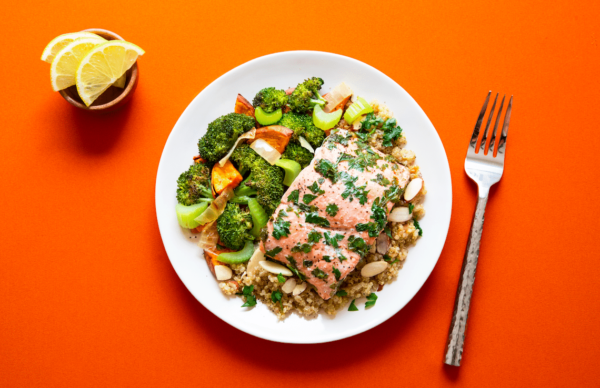The Indian summer has officially ended and winter is coming. As the days get shorter and the temperature drops, we can sometimes feel a little blue, especially in a city like New York. Floral prints become solid color knits, outdoor runs transform into treadmill sessions, and cold brew is replaced with hot and creamy PSLs.
But for some people, shorter days trigger a downward mood swing. Seasonal affective disorder (SAD) is a serious type of depression that is associated with this seasonal change. According to the National Institution of Mental Health, SAD “is a type of depression that comes and goes with the seasons, typically starting in the late fall and early winter and going away during the spring and summer.”
SAD, Explained
SAD is much more than the winter blues, as it can severely disrupt a person’s rhythm of life. According to Psychiatry, researchers estimated that this mental illness affects up to 20% of American adults, although the condition is severely underdiagnosed and underestimated. It is important to note that SAD is a subtype of depression, so a person cannot experience SAD without that proper mental depression and depression being present already.
Signs and symptoms of SAD are similar to depression. The only difference is that signs begin to surface during late fall or early winter and go away in the warmer months. A very small percentage of people have summer-type SAD. Winter-type SAD typically presents symptoms such as sadness, frequent crying, excessive tiredness, decreased activity levels, social withdrawal, carb cravings, and weight gain. In some cases, the person has suicidal thoughts and increased irritability.
In most cases, SAD makes you want to eat more and stay home all day. It isn’t uncommon that it also decreases your sex drive. So although it is cuffing season, there may not be any other action on that couch.
Women are disproportionately at greater risk for SAD than men are; They are four times more likely to have the condition. This is because SAD affects serotonin levels, which is closely related to PMS and menopause. Women aged 18 to 55 are most likely to experience the disorder.
Several factors account for this mental health condition. People who have winter-type SAD have a disturbance in their biological clocks and sleep-wake rhythms. This is caused by a lower production of serotonin and overproduction of melatonin as a result of decreased daylight. Consequently, these changes affect circadian rhythms, which respond to the daily light-dark changes.
Although you should see a mental health professional if you believe you’re showing symptoms of SAD, we’ve compiled a list of ways to cope with it this winter for those who already been diagnosed with it:
Light therapy

This is the most obvious way to cope with SAD since the condition is caused by the shortening of daylight. There are multiple ways to expose yourself to more light, even in the wintertime. Even though the sun is out for a short amount of time, you can still bundle up and talk a walk outside when the sun is out. Even if it’s for five minutes, it can help!
But if being out in the cold does not have any appeal to you, then you can invest in an artificial light therapy lamp. There is a wide range of lamps out there with varying prices and sizes, so it’s best to do your own research before purchasing one. But regardless, these are some things you should consider when buying one:
- White light is more effective than blue light.
- Fluorescent lights are the most effective. LED-based light boxes haven’t gone through enough trials to be proven safe or efficient.
- The lamp should have a minimum of one square foot of light-beaming surface.
Surround Yourself With People and Keep Busy

Even though you may not feel like doing so, make sure you are consistently hanging out with friends and loved ones. As women, we experience an increase of oxytocin in our brains when we surround ourselves with good company. We benefit from these social interactions more than men do because the combination of oxytocin and female hormones is strong and good. Also, oxytocin is what makes us feel loved and appreciated, which also gives us a boost of serotonin (the hormone that SAD affects the most).
In order to make sure you and your friends stay committed to regularly hanging out during the winter months, it might be a good time to pick up on a new hobby! Maybe start going to yoga classes, or organize a book club – anything that’d keep you cozy and in good company.
Eat a Well-Balanced Diet and Pay Attention to These Nutrition Tips

Of course, it is a no-brainer that we should maintain a well-balanced diet whenever possible, but there are specific nutrition tips you should keep in mind. Omega-3 fatty acids alleviate the symptoms of depression and increase serotonin levels. These fatty acids are found in cold water seafood such as mackerel and salmon, as well as flaxseed and nuts.
Although SAD can make you crave sweets and carbs, try to stay away from it as much as possible. Sugar leads to an initial rise of energy, but it also leads to a sharp decrease in blood sugar, which leaves you feeling tired.
Above all, this feeling won’t last forever. You are not alone in this, so reach out to close ones to help you combat SAD. Before you know it, warm weather and abundance of sunlight will be among us once again.


